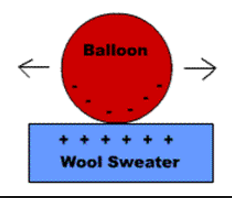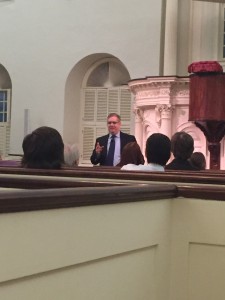
It is often that Benjamin Franklin is credited for saying the following phrase: “Beer is living proof that God loves us and wants us to be happy.” However, after partaking in some research on this quote, I found that he never actually spoke those words.
In 1779, Franklin wrote a letter to André Morellet in the French language that referenced the wondrous creations of nature by God. Below is his quote translated into English language.
“We hear of the conversion of water into wine at the marriage in Cana, as of a miracle. But this conversion is, through the goodness of God, made every day before our eyes. Behold the rain which descends from heaven upon our vineyards, and which incorporates itself with the grapes to be changed into wine; a constant proof that God loves us, and loves to see us happy.”
Though it may seem as though Franklin is talking solely about the glories of wine, he is more so focusing on and talking about how great God’s creations (the rain, the vineyards, the grapes,etc) are. Those would be the things that he is referring to when he says “a constant proof that God loves us, and loves to see us happy.”
I would definitely say that the quote many of see today was misinterpreted. How they got “beer” out of that quote is pretty questionable and the reason as to why it was changed to that is quite unclear. It was probably someone who was either a maker or seller of beer and in order to bring attention and desire to their product, the quote was turned around in their benefit.
So to all of the beer lovers out there: this quote may be true to you, but it was not to Benjamin Franklin (he supposedly liked wine better, anyway).
Reference (for translated quote): http://www.anchorbrewing.com/blog/say-what-says-who-benjamin-franklin-on-beer-or-not/









